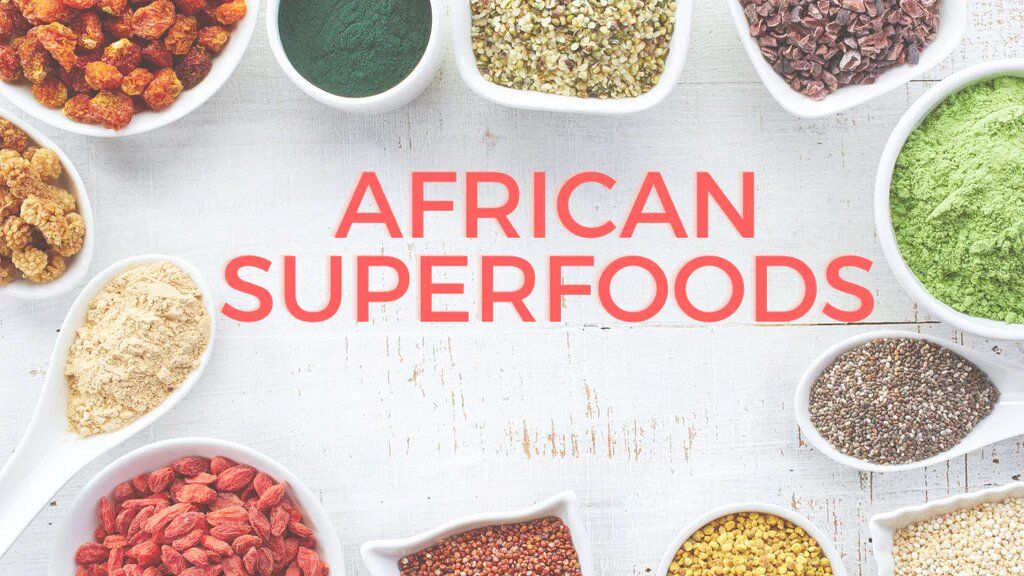Living Gluten-Free: A Guide to Thriving with Celiac Disease
Navigating the complexities of celiac disease requires more than just a cursory understanding of gluten-free living. It's about transforming your lifestyle to accommodate a gluten-free diet while ensuring that your nutritional needs are met symptoms are alleviated and your overall well-being is prioritized. This guide delves into the essentials of thriving with celiac disease offering practical advice gluten-free diet tips and strategies to ensure you live a full and healthy life.
Understanding Celiac Disease
Celiac disease is an autoimmune condition triggered by the ingestion of gluten a protein found in wheat barley and rye. When someone with celiac disease consumes gluten their immune system reacts by damaging the small intestine leading to various gastrointestinal symptoms and potential complications. Recognizing the signs and obtaining an accurate diagnosis is the first step towards managing the condition effectively.
The Foundation of Celiac Disease Management: Going Gluten-Free
The cornerstone of managing celiac disease is adhering to a strict gluten-free diet. This means eliminating all sources of gluten from your diet including many breads pastas cereals and processed foods that often contain hidden gluten.
Essential Tips for Thriving Gluten-Free
- Read Labels Religiously: Familiarize yourself with the various names for gluten and read product labels meticulously to avoid accidental ingestion.
- Embrace Whole Foods: Focus on a diet rich in whole unprocessed foods such as fruits vegetables meats fish and gluten-free grains like rice and quinoa.
- Discover Gluten-Free Alternatives: Explore the wide range of gluten-free products available from pasta and bread to snacks. However be mindful of their nutritional value as some may be high in sugar or fat.
- Prevent Cross-Contamination: In your kitchen designate specific areas and utensils for gluten-free cooking and eating. Be cautious when eating out and communicate your dietary needs clearly to the staff.
- Stay Informed: Keep abreast of the latest gluten-free products research and recipes to enhance your diet and lifestyle.
Social and Emotional Well-Being
Living with celiac disease extends beyond dietary changes. It's crucial to address the social and emotional challenges that may arise. Build a supportive network of friends and family who understand your dietary needs. Join online communities or local support groups where you can share experiences tips and encouragement with others navigating the same journey.

What Are The Best Ways to Begin Celiac Disease Management?
Starting your journey with celiac disease management can feel overwhelming but it doesn't have to be. Here are some strategies to ease into your new gluten-free lifestyle:
1. Undergo Comprehensive Testing and Diagnosis
The first step in managing celiac disease effectively is to confirm your diagnosis through comprehensive testing including serology tests and intestinal biopsies. A clear diagnosis not only validates your symptoms but also paves the way for a structured management plan.
2. Seek Guidance from Healthcare Professionals
After diagnosis consulting with healthcare professionals who specialize in celiac disease such as gastroenterologists and dietitians is crucial. They can offer tailored advice nutritional guidance and ongoing support to navigate your gluten-free journey. A dietitian can help you understand label reading cross-contamination and nutrient intake to ensure a balanced diet.
3. Educate Yourself Thoroughly
Empower yourself with knowledge about celiac disease and gluten-free living. Understanding the sources of gluten identifying symptoms of accidental gluten ingestion and learning how to manage them are foundational. Resources can include medical journals reputable websites and support groups providing a wealth of information and personal experiences.
4. Revamp Your Pantry
Transitioning to a gluten-free diet necessitates a kitchen makeover. Remove foods containing gluten and stock up on gluten-free alternatives. This includes replacing staples like pasta bread and cereals with gluten-free versions and discovering new naturally gluten-free grains like quinoa buckwheat and amaranth.
5. Master Label Reading
Becoming adept at reading and understanding food labels is non-negotiable. Learn to recognize hidden sources of gluten in food additives preservatives and flavorings. This skill is crucial not only for grocery shopping but also when selecting cosmetics medications and dental products as these can contain gluten as well.
6. Build a Support Network
Living with celiac disease can feel isolating without the right support. Connect with others who are navigating the same journey through online forums local support groups or social media. Sharing experiences tips and gluten-free recipes can provide not only practical support but also emotional solace.

7. Plan and Prepare Meals
Meal planning becomes particularly important to avoid accidental gluten exposure. Prepare meals at home as much as possible using fresh whole ingredients. When eating out research restaurants in advance to ensure they offer safe gluten-free options and understand cross-contamination risks.
8. Address Cross-Contamination at Home
Educate household members about celiac disease and the importance of avoiding cross-contamination. Implement measures such as separate cooking utensils toasters and condiments to ensure a safe eating environment.
9. Stay Informed and Flexible
The landscape of gluten-free living is continually evolving with new research products and recipes emerging. Stay informed about the latest developments and be open to adjusting your management strategies as needed. Flexibility and a positive mindset are key to adapting to changes and challenges.
10. Celebrate Your Wins
Every step you take towards effective celiac disease management is a victory. Celebrate your successes whether it's mastering a new gluten-free recipe educating someone about celiac disease or simply enjoying a meal without symptoms. Acknowledging these wins can provide motivation and reinforce the positive aspects of your gluten-free journey.
Conclusion
Living with celiac disease doesn't mean you have to settle for a life of dietary restrictions and discomfort. By embracing a gluten-free lifestyle educating yourself and employing strategic management techniques you can thrive with celiac disease. Remember the journey to health is not just about avoiding gluten; it's about making informed choices adapting your lifestyle and finding joy in the new foods and experiences that come with it. With the right mindset and tools you can live a fulfilling healthy life proving that thriving gluten-free is not just possible—it's a reality.






